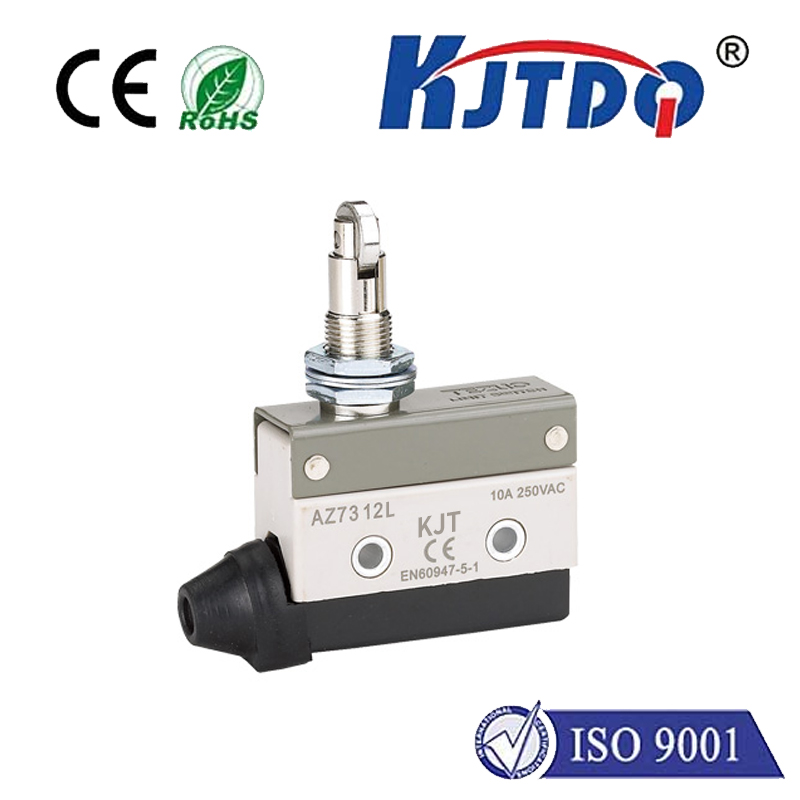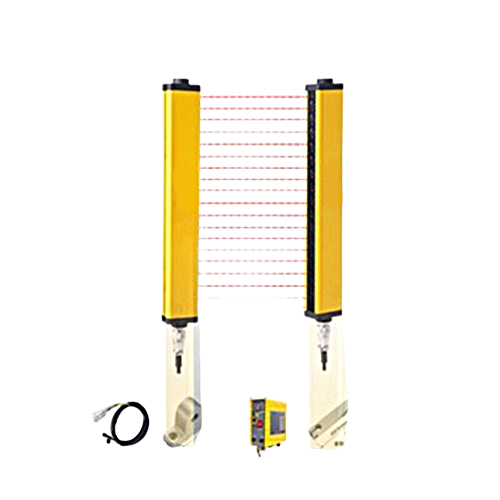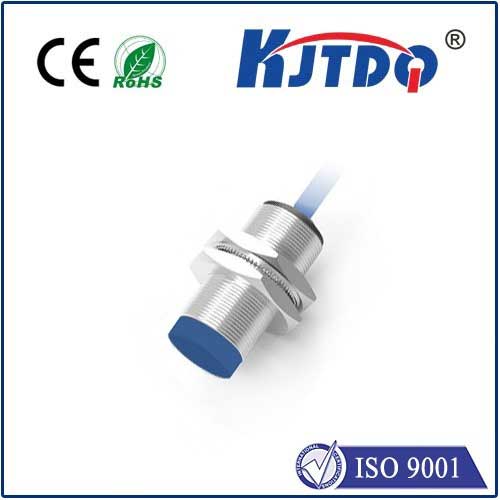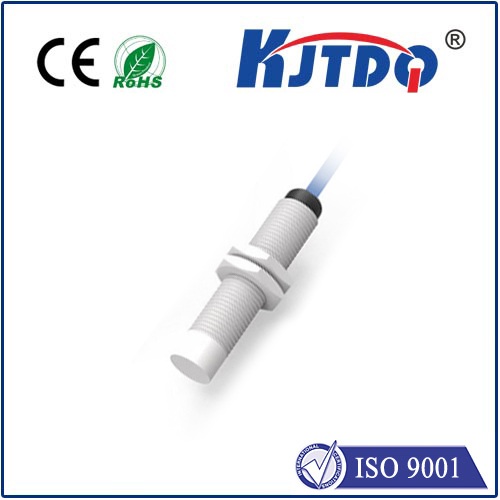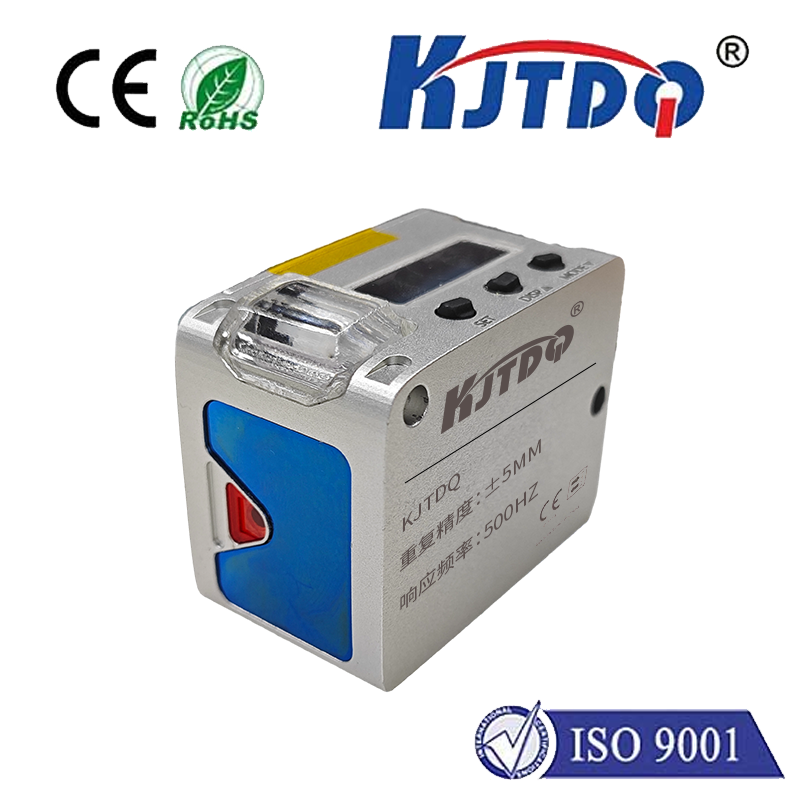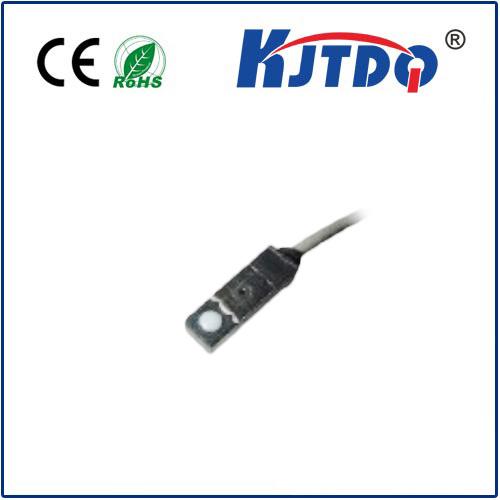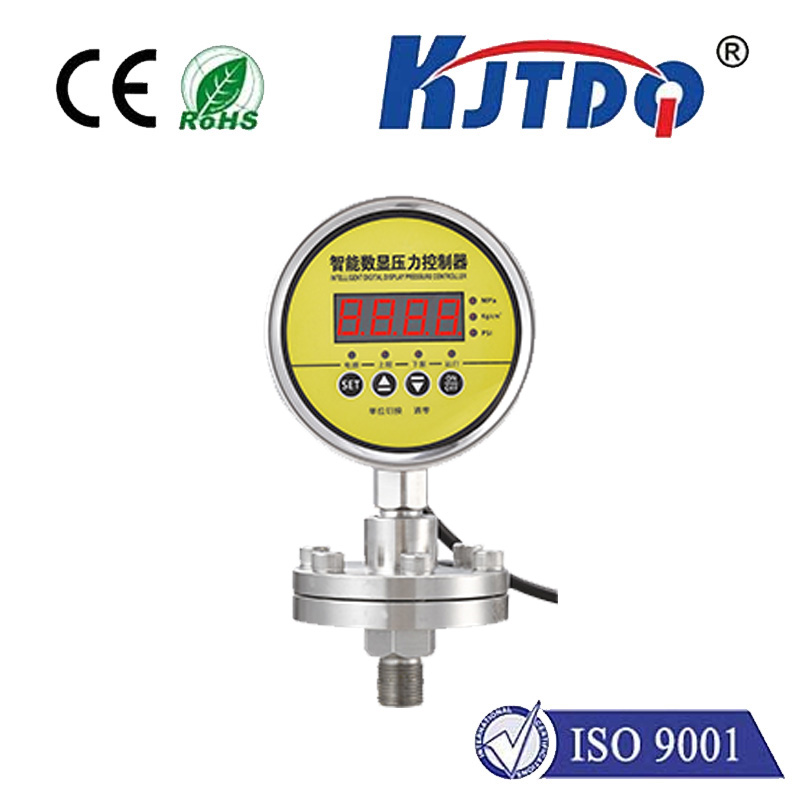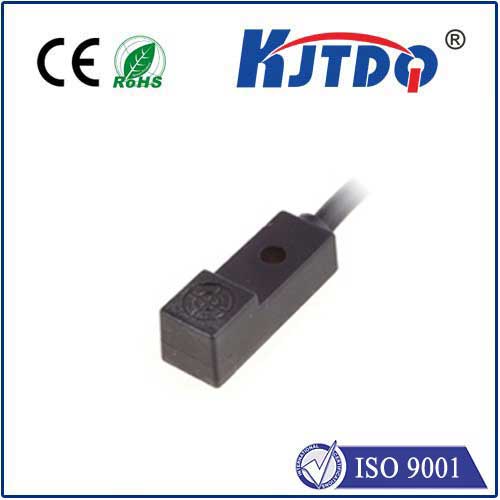electrical optical sensor
- time:2025-08-14 11:49:00
- Click:0
Electrical Optical Sensors: Where Light Meets Precision Measurement
Have you ever wondered how bridges warn us before they fail, how your smartphone camera adjusts perfectly to light, or how doctors perform minimally invasive procedures deep within the body? Often, the invisible heroes behind these feats are electrical optical sensors. These remarkable devices sit at the fascinating intersection of light and electricity, silently translating the language of photons (light particles) into the measurable world of electrons and electrical signals. They form the backbone of countless technologies, enabling precision, safety, and insight in environments where conventional sensors simply cannot go.
Understanding the Core Principle: Light Transformed
At its most fundamental level, an electrical optical sensor is a transducer designed to detect or measure a physical quantity by leveraging the properties of light and converting that information into an electrical signal. This process involves three key stages:

- Optical Interaction: A physical phenomenon (temperature, pressure, strain, chemical presence, position, etc.) interacts with light traveling through a medium (like an optical fiber, waveguide, or air gap). This interaction changes a specific characteristic of the light beam, such as its:
- Intensity (brightness)
- Wavelength (color)
- Phase (timing of the light wave)
- Polarization (orientation of the light wave)
- Optical Detection: A photodetector, typically a semiconductor device like a photodiode, phototransistor, or CCD/CMOS sensor (in cameras), captures the modified light.
- Electrical Conversion: Within the photodetector, the absorbed photons generate electron-hole pairs through the photoelectric effect. This creates an electrical current or voltage proportional to the intensity, wavelength, or other modulated properties of the incident light. This electrical signal is the sensor’s output.
Where Electrical Optical Sensors Truly Shine: Key Applications
The unique capabilities of electrical optical sensors make them indispensable in diverse fields:
- Industrial Automation & Manufacturing: Fiber optic sensors provide non-contact measurement of position, displacement, vibration, and thickness. They excel in harsh environments – dirty, oily, hot, or explosive atmospheres – where metal-based sensors like LVDTs or capacitive probes might falter or pose safety risks. Optical encoders provide ultra-precise feedback on motor shaft position and speed.
- Structural Health Monitoring (SHM): Embedded fiber Bragg grating (FBG) sensors within bridges, buildings, dams, pipelines, and aircraft wings continuously monitor strain, temperature, and vibration. Changes in the reflected light wavelength from these gratings indicate structural deformations or hotspots, enabling predictive maintenance and preventing catastrophic failures.
- Medical Diagnostics & Treatment: Optical biosensors detect specific biomarkers in blood, saliva, or tissue samples with high sensitivity, enabling rapid disease diagnosis. Endoscopic imaging relies heavily on miniature CCD/CMOS image sensors to visualize internal organs. Pulse oximeters use light absorption through a fingertip to measure blood oxygen saturation (SpO2) – a vital sign routinely monitored in healthcare.
- Environmental Sensing: Optical dissolved oxygen sensors measure oxygen levels in water crucial for aquatic ecosystems. Spectroscopic sensors analyze air quality by detecting the specific light absorption “fingerprints” of various gases. LIDAR (Light Detection and Ranging) systems, based on laser pulses and sensitive photodetectors, map terrain, measure atmospheric properties, and enable autonomous vehicle navigation.
- Consumer Electronics: The ambient light sensor adjusting your smartphone or laptop screen brightness? That’s a tiny but essential electrical optical sensor. Digital cameras rely entirely on complex imaging sensors. Proximity sensors detect objects near the screen during calls.
Why Choose Electrical Optical Sensors? Compelling Advantages
The shift towards electrical optical sensors in critical applications isn’t accidental. They offer distinct benefits:
- Immunity to Electromagnetic Interference (EMI): Light signals are unaffected by strong magnetic or electric fields, making these sensors ideal for industrial settings, power plants, and medical equipment (MRI rooms).
- Intrinsic Safety: Fiber optic-based sensors do not conduct electricity and generate no sparks, making them perfect for explosive atmospheres (oil & gas, mining, chemical plants).
- High Sensitivity & Precision: Capable of detecting minute physical changes often beyond the reach of purely electrical sensors.
- Wide Bandwidth & High Speed: Capable of responding to very high-frequency signals, crucial for vibration monitoring and communications.
- Long-Distance Transmission: Light signals in optical fibers experience minimal loss over kilometers, allowing remote sensing with central interrogation units.
- Small Size & Light Weight: Especially critical in medical applications and aerospace. Micro-optic sensors are incredibly compact.
- Multiplexing Capability: Multiple fiber Bragg gratings or sensing points can be easily integrated along a single optical fiber strand, reducing complexity and cost for distributed sensing.
The Future: Integration and Intelligence
As technology advances, electrical optical sensors continue to evolve. Integration with photonic integrated circuits (PICs) promises miniaturization and enhanced functionality on a chip scale. Smart sensors incorporating microprocessors can perform initial data processing and diagnostics at the edge. Seamless integration with the Internet of Things (IoT) platforms enables vast sensor networks for real-time monitoring of infrastructure, environmental conditions, and industrial processes on an unprecedented scale. Research in novel materials, like graphene-based photodetectors, pushes the boundaries of sensitivity and spectral range.
Electrical optical sensors are more than just components; they are sophisticated translators turning the subtle language of light into actionable electrical data. Their unique blend of safety, precision, resilience, and versatility ensures they will remain fundamental to technological progress, illuminating the path towards smarter, safer, and more interconnected systems across every facet of our world. From safeguarding massive structures to enabling life-saving medical procedures and enhancing everyday gadgets, these sensors truly embody the powerful synergy between light and electricity.













